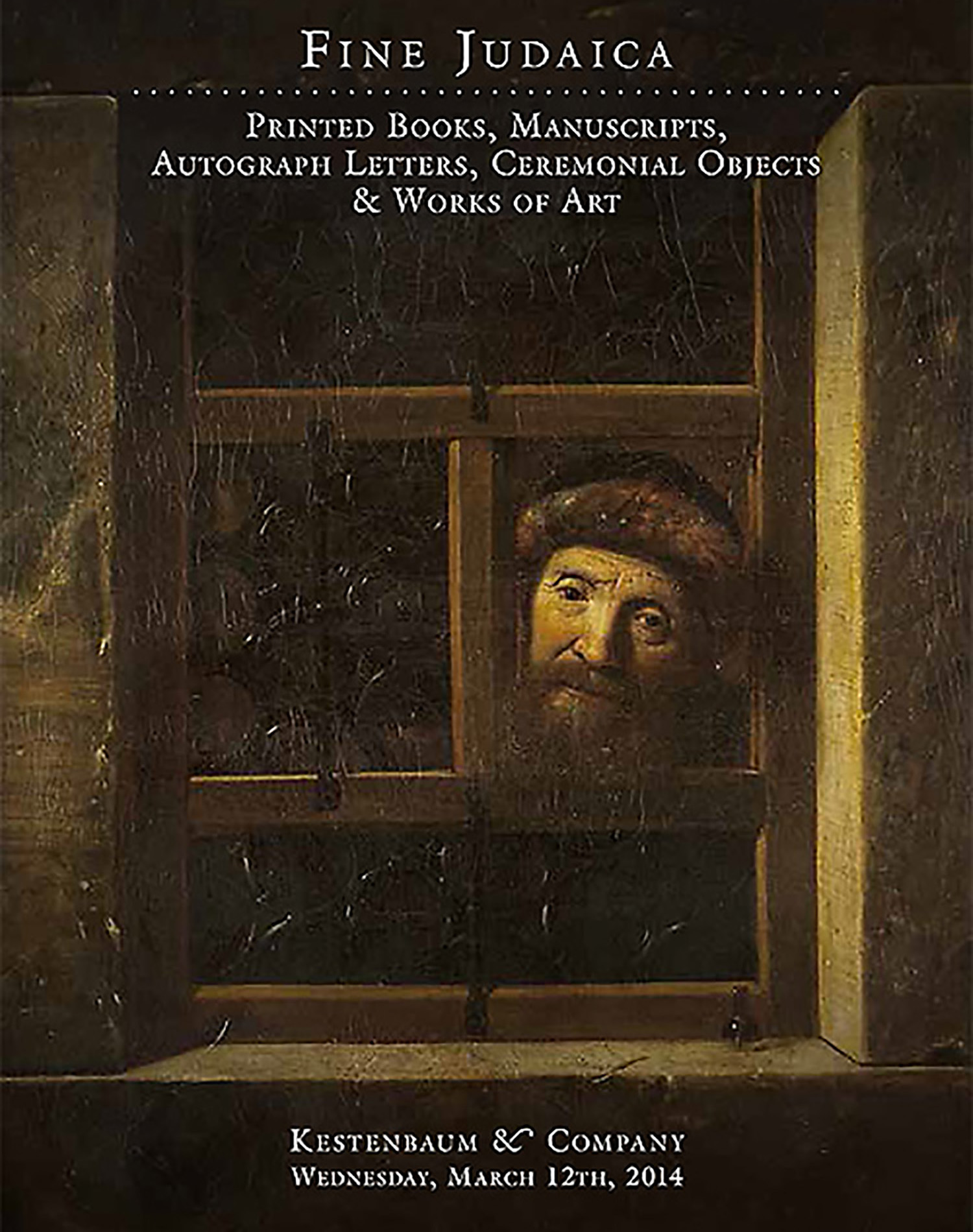Mittheilung der Neusten und Vortheilhafthen Practischen Destileur Kunst und Liquerfabrikation.

AUCTION 61 |
Wednesday, March 12th,
2014 at 1:00
Fine Judaica: Printed Books, Manuscripts, Autograph Letters, Graphic Art and Ceremonial Objects
Lot 289
(LIQUOR).
Mittheilung der Neusten und Vortheilhafthen Practischen Destileur Kunst und Liquerfabrikation.
Circa 1800
Est: $5,000 - $7,000
PRICE REALIZED $5,250
A most interesting Yiddish manuscript detailing the art of preparation and distillation of fine liquors. Contains no indication who composed it, when, or where. The first section has a table of contents with general instructions pertaining to alcohol aroma, color, essence, testing and other matters. Discusses old and new fabrication methods, followed by a great many recipes with detailed instructions for preparation of various types of liquors both by distillation as well as by mixing. For example, includes 20 recipes of various French liqueurs - kimmel, citron, chocolate and coffee (pp. 48-55); along with 23 recipes for Danziger liqueur and 30 recipes for Breslauer liqueur (pp. 56-76); followed by 29 recipes for Ratafee liqueur. Also contains notes on different forms of vinegar production.
There was a significant tradition of Jews involved in activities related to the production and sale of alcoholic beverages in Eastern Europe. The development of this field of Jewish economic activity resulted from social changes whereby Jews leased the majority of taverns and breweries on royal and noble estates and even many of those in villages owned by church institutions. Jews remained prominent in this field since landowners, who viewed peasants as prone to drunkenness, preferred to lease their taverns to Jews, whose sobriety and restraint were felt to lead to greater profits. The Jewish tavern-keeper became a recognized feature of Polish rural life and by the 19th-century became a common motif in Polish belles lettres (the most famous example being the sympathetic figure of Jankiel in Adam Mickiewicz’s epic poem, Pan Tadeusz). See J. Goldberg, “Tavernkeeping” in: YIVO Encyclopedia of Jews in Eastern Europe.
<<Few such Yiddish manuscripts are extant recording details of liquor production and development.>>
